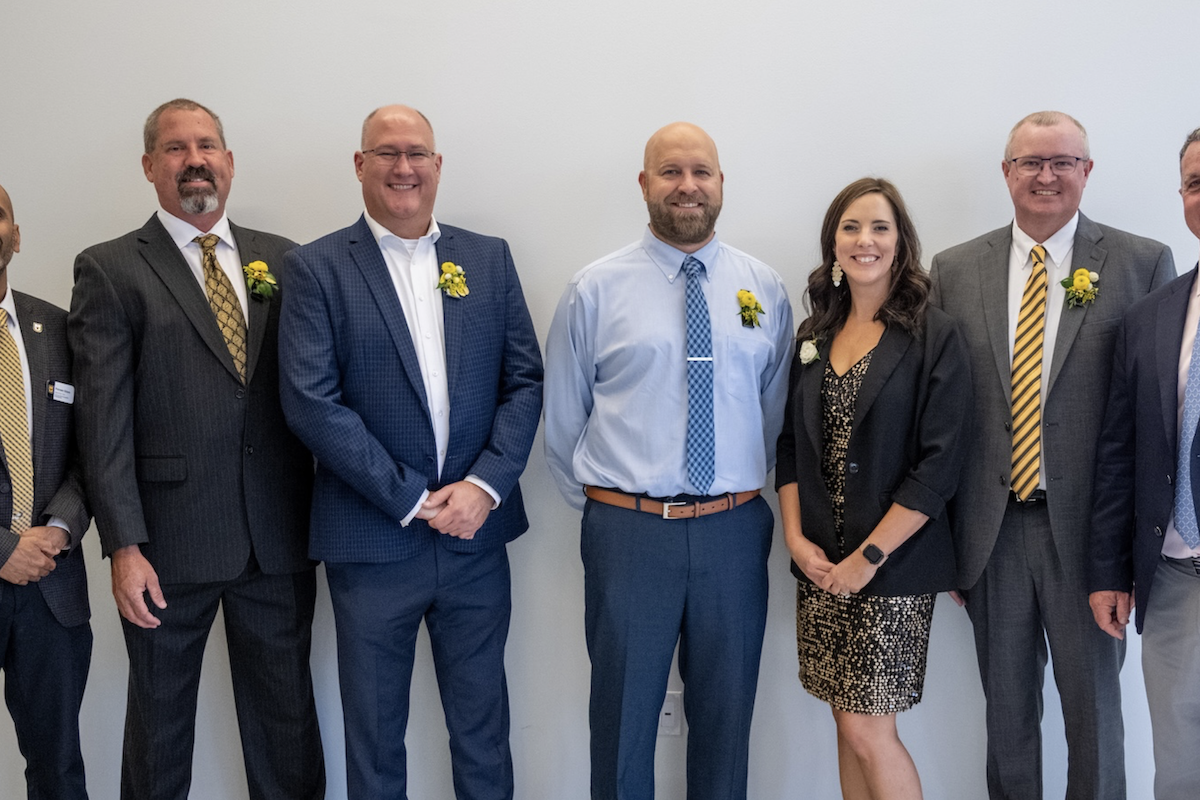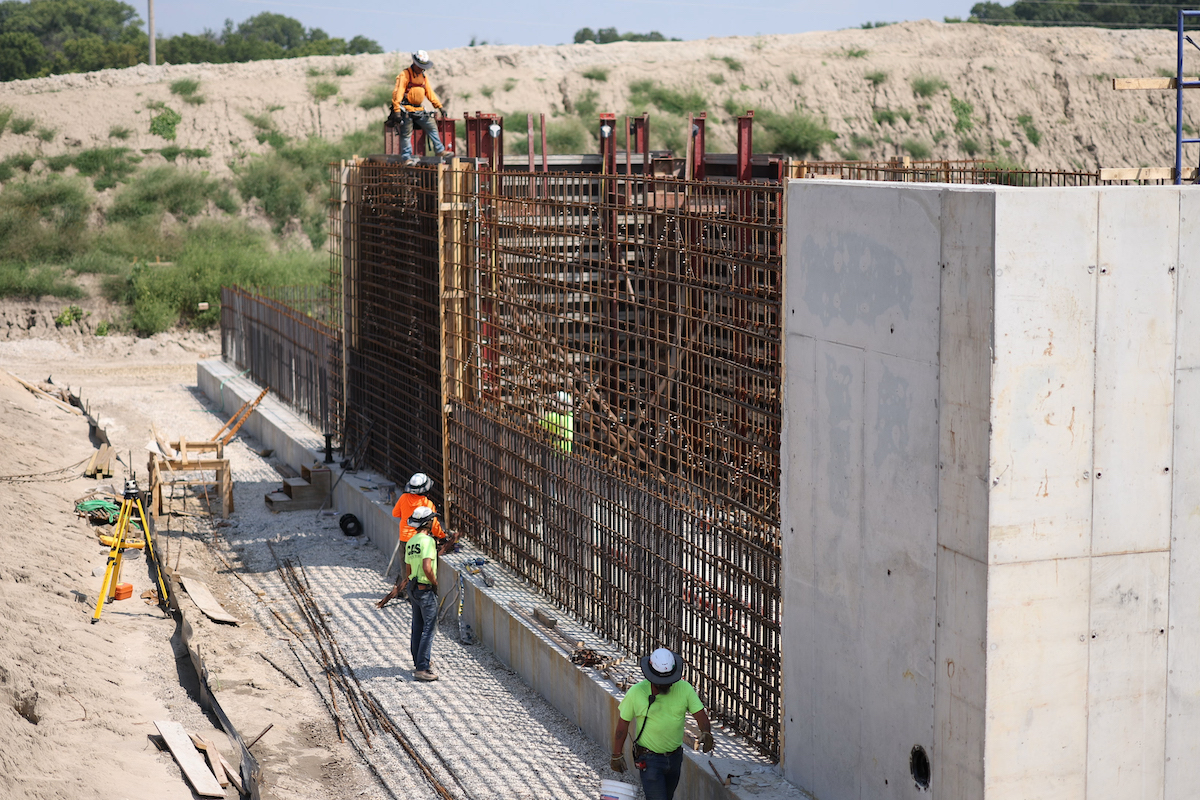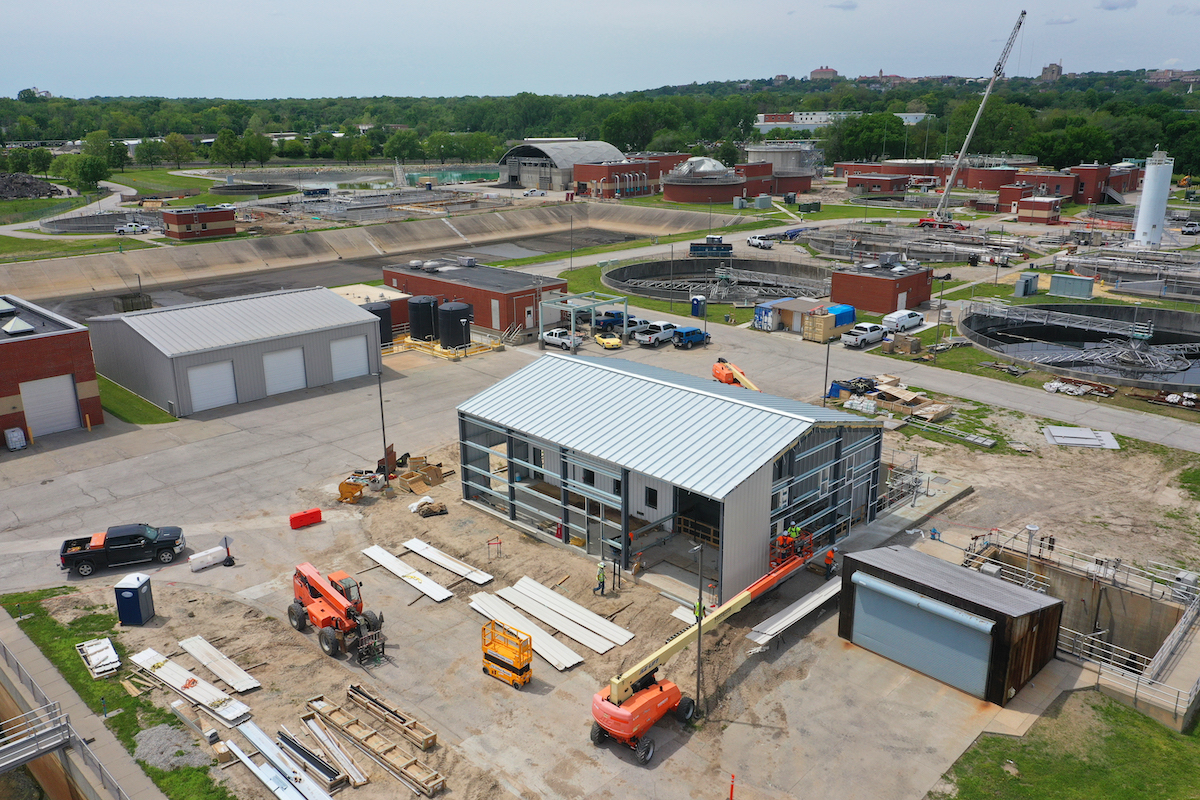LEED is a green building certification program used worldwide. Developed by the nonprofit U.S. Green Building Council (USGBC) in 1993, LEED includes a set of rating systems for the design, construction, operation, and maintenance of green buildings. The goal of the program is to help building owners and operators be environmentally responsible and use resources efficiently. Buildings can qualify for four levels of certification based on a point system, with higher points earned correlating to greater energy efficiency: Certified (40-49 points), Silver (50-59 points), Gold (60-79 points), and Platinum (80 or more points).
“LEED provides a framework for healthy, highly efficient, and cost-saving green buildings, and university officials choose this framework to substantiate the sustainable level of their facility,” said KWK Architects Principal Paul Wuennenberg. “Attaining a LEED certification demonstrates environmentally responsible building practices.”
KWK recently designed residence halls at the University of Missouri that achieved the highest level of sustainability certification, LEED Platinum. KWK, along with associate architect Lawrence Group, designed Brooks and Bluford Halls at the University of Missouri in Columbia to achieve a LEED v2009 Platinum certification. While the client requirement for the new 198,000-square-foot, 570-bed residence hall project was LEED Certified minimum, the KWK project team was dedicated to achieving the highest rating within the tight budget, and the team looked to maximize energy efficiency in the buildings to achieve this goal.
The sustainable, energy-saving features of the buildings include total enthalpy heat recovery for the ventilation systems, demand-controlled ventilation using CO2 and occupancy sensors, high-efficiency LED lighting, daylighting controls, occupancy setback control of lighting and HVAC systems, and variable air volume kitchen exhaust and makeup air systems. Additionally, the exterior envelopes of the buildings are high performance.

| Your local Manitou dealer |
|---|
| Star Equipment LTD |
“The University of Missouri boasts a campus-wide system to furnish its buildings with heating, cooling, and power," Wuennenberg said. "The campus’ steam system is fed by a combined heating and power central utility plant. This plant uses a biomass boiler for steam production. Not only does this biomass boiler produce steam for power through steam turbine generators, it also produces steam for chilled water through steam turbine chillers. Power for the university grid is provided by solar photovoltaic arrays and wind turbines. These features — combined with a detailed and realistic building operation schedule, space loads, and equipment efficiencies in the building energy model — allowed the project to earn all available points under the Optimize Energy Performance Credit."
With the site of the residence halls just north of the football stadium, it was important for the project to have a recognizable, sustainability feature on one of the buildings. The design team looked to rooftop solar panels for Brooks Hall, with its large, south-facing sloping roof.
“Rooftop solar panels on Brooks Hall pre-heat water for the domestic hot water system and provide an important sustainability element for the campus to achieve the LEED Platinum certification,” Wuennenberg said.





































































